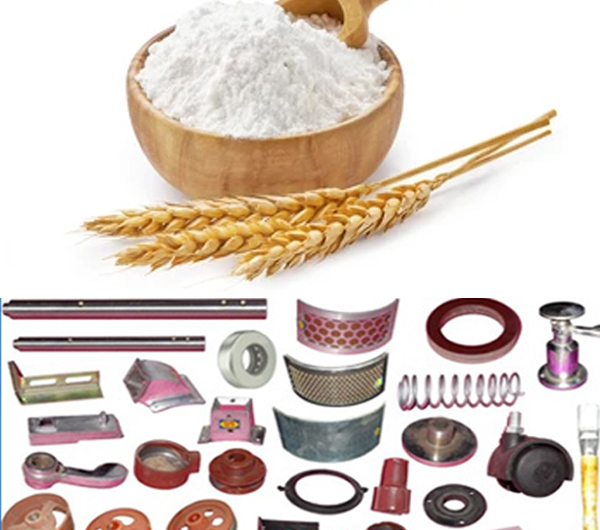- Home
- Company Profile
- Our Products
- Pin Mill Machine
- SS Pin Mill Machine
- Pin Mill Machine for Besan Mill
- Pin Mill Machine for Sugar Mill
- Pin Mill Machine for Daliya
- Mini Dal Mill Machine
- Cattle Feed Machinery
- Dalia Making Machine
- Bucket Elevator Parts
- Besan Mill Machinery Parts
- Flour Mill Machinery parts
- Rice Mill Machinery Parts
- Dal Mill Machinery Parts

